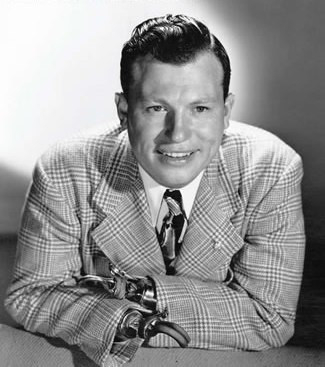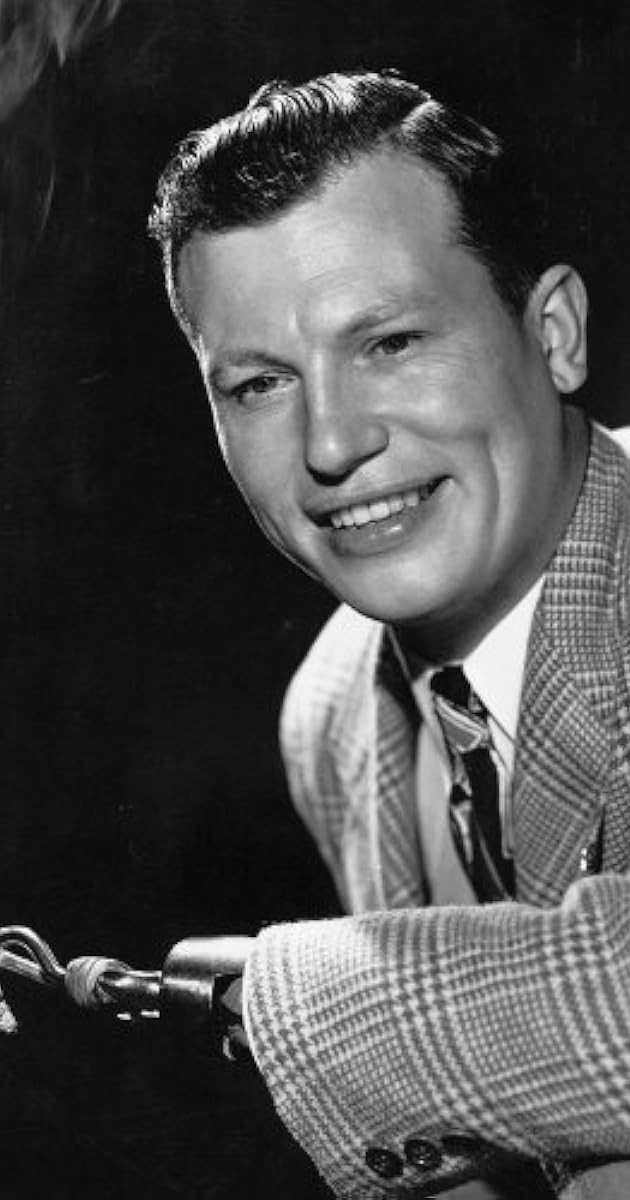Harold Russell Dies at 88; Veteran and Oscar Winner
By Richard Severo - Feb. 1, 2002
Harold Russell, a disabled veteran of World War II who won two Academy Awards for his performance in the 1946 movie ''The Best Years of Our Lives,'' died on Tuesday at a nursing home in Needham, Mass. He was 88.
Mr. Russell, who lost both hands in a wartime accident, had never acted before appearing in ''The Best Years of Our Lives,'' never took an acting lesson, did not consider himself an actor, and got the role of Homer Parrish, a sailor, on a fluke.
But William Wyler, who directed the film, said that Mr. Russell ''gave the finest performance I have ever seen on the screen.''
The film depicted how World War II veterans handled the aftermath of the war and their return to changed families and communities.
Despite his Oscar for Best Supporting Actor and the outpouring of affection that greeted Mr. Russell, he did little acting thereafter and devoted his energies to veterans' organizations.
He earned less than $10,000 for his performance in ''The Best Years of Our Lives,'' and had no rights to the film's residual profits. In 1993 Mr. Russell said he needed money and would sell his Oscar at auction.
Karl Malden, then the president of the Academy of Motion Picture Arts and Sciences, tried to talk Mr. Russell out of it, and offered him a $20,000 interest-free loan if he would return the Oscar to the Academy. But Mr. Russell sold the Oscar for $60,500 to an unidentified admirer.
After the sale, he still had an Oscar on the mantel of his modest home in West Hyannisport, Mass., because the academy had given him two, the second for ''bringing aid and comfort to disabled veterans through the medium of motion pictures.'' Mr. Russell said he would keep that one.
Harold Russell was born in North Sydney, Nova Scotia. His father was a telegraph office manager who died when Harold was 6. His death caused the family to move to Cambridge, Mass., where Mrs. Russell was a nurse. After high school, he worked in a food market.
Mr. Russell said he ''made a rush to the recruiting office'' after Pearl Harbor was bombed, not out of patriotism but because he thought of himself as a failure.
After basic training, he volunteered to become a paratrooper and learned that skill and demolition. The United States Army made him an instructor. On June 6, 1944, while some of the men he trained were involved in the D-Day landing, Mr. Russell was teaching demolition work at Camp Mackall in North Carolina, and a defective fuse detonated TNT that he was holding. The next day what was left of his hands were amputated three inches above the wrists.
Walter Reed General Hospital offered him a choice of prosthetic devices: plastic hands or steel hooks. He chose the hooks, proved unusually adept at mastering them, and eventually made a training film for soldiers who had lost both hands.
The film, ''Diary of a Sergeant,'' showed Mr. Russell in daily activities.
Wyler saw the film after he had been asked by the producer Samuel Goldwyn to direct ''The Best Years of Our Lives.''
Wyler urged Goldwyn to hire Mr. Russell, and after some coaxing Mr. Russell, who was then attending business school at Boston University, agreed to appear in the film. The salary -- $250 a week, with an additional $100 a week for living expenses -- seemed generous, especially when compared with the $25 a week he had earned as a part-time worker at a Y.M.C.A.
The movie won eight Oscars and was a financial success. To show his gratitude, Goldwyn awarded Mr. Russell a bonus of $120 a week for a year, asking that he make promotional appearances.
Later, Mr. Russell was active in Amvets, a veterans' organization, becoming the national chairman. In 1950 he became a founder of the World Veterans Foundation.
In 1954 ''The Best Years of Our Lives'' was re-released, and journalists asked why Mr. Russell had made no other movies. ''I decided to quit while I was ahead of the game,'' he told one reporter.
Mr. Russell received few other offers to act. He had several television roles, and in film he appeared in ''Inside Moves'' (1980), about handicapped people who congregated in a bar and helped each other, and in ''Dogtown'' (1997), in which he played a cigar store owner and war veteran in a small town.
In 1961 President John F. Kennedy appointed Mr. Russell as vice chairman of the President's Committee on Employment of the Handicapped.
In 1964 President Lyndon B. Johnson made him the chairman, and Richard M. Nixon reappointed him.
Survivors include a daughter, Adele; a son, Gerald; four grandchildren; and seven great-grandchildren.
In his 1949 autobiography ''Victory in My Hands,'' Mr. Russell recounted his struggle to recover physically and psychologically from his wounds and to use his prostheses.
He became so adept at using his hooks, he liked to joke, that he could do anything but pick up a dinner check.
As a man who would go on to promote veterans' causes, he wrote: ''It is not what you have lost but what you have left that counts.''
ADVERTISEMENT
BY
Looking for more information?
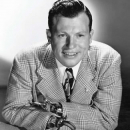
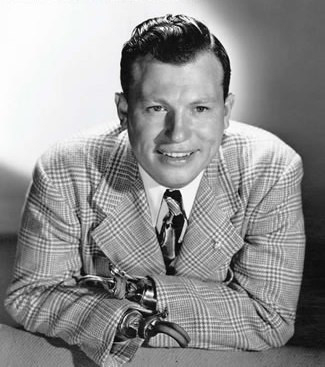
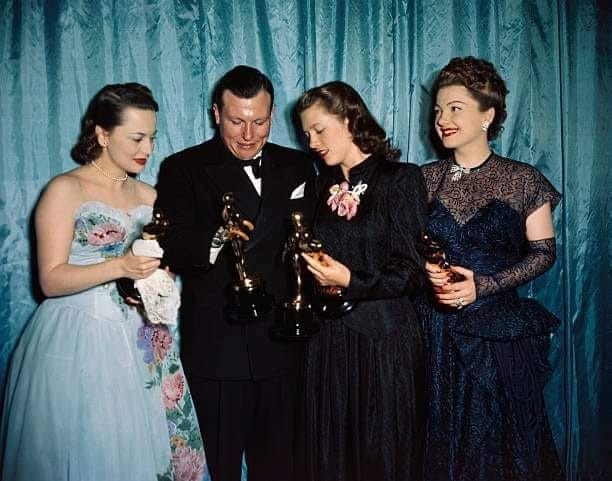
 Amanda S. Stevenson
Amanda S. Stevenson 
